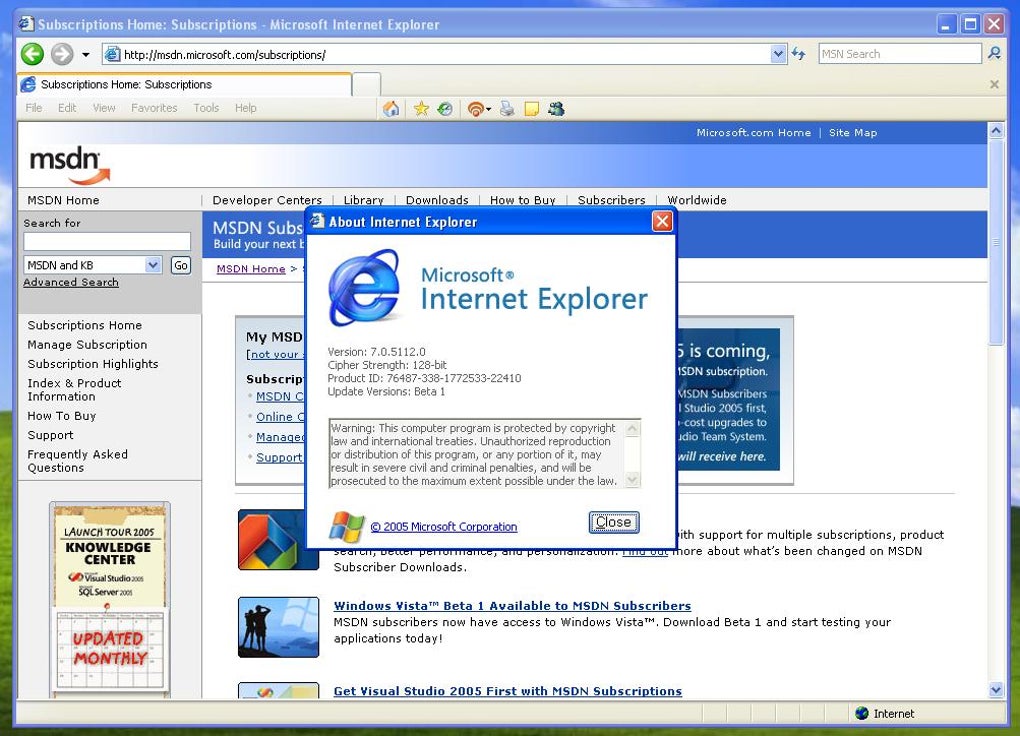
Similarly, when you create a new folder in the folder hierarchy on the server, each person who has the rights to view that folder will see it on their local computer. For example, if you have only read permission for a content item, you will be able to open a copy of the native file, but you will not be able to check a new revision of the file in to the content server (which requires write permission). The user logins and security controls on a content server also apply to files and folders that are managed through the integration hierarchy in Windows Explorer. For more information, see Chapter 10, "Working with Managed Content Files in Windows Explorer." In addition, the context menus of files may include items specific to content management, such as Check In, Check Out, Copy Links, and so on. For example, copying a new file to a content folder does not put it on your local computer, but rather uploads and saves it on the content server. However, some tasks typically performed on files or folders on your local computer may have a somewhat different effect when performed on files and folders managed by a content server. You can copy files, drag and drop files into folders, right-click objects to open context menus, and so on. You work with content managed on a content server in much the same way you do with other folders and files on your computer. For more information on this integration hierarchy in Windows Explorer, see Chapter 8, "Understanding the Integration Hierarchy."
#G internet explorer 7 software#
The Desktop client software adds a hierarchical folder structure called WebCenter Content Servers to the navigation pane in Windows Explorer ( Figure 3-2). You can manage files and folders on a content server using custom context menus, while taking advantage of much of standard Windows functionality, such as drag-and-drop, copy-and-paste, and shortcuts.ģ.5 WebCenter Content Servers Hierarchy in Navigation Pane
#G internet explorer 7 install#
Instead, you can interact with content servers and the files on them using a 'folders tree' in Windows Explorer.Īfter you install the Desktop client software on your computer, the folders hierarchy in Windows Explorer includes a top-level node called WebCenter Content Servers, which provides an interface through which you can connect to servers and work with the files on them. You do not need to work with the files on the content server in a web browser or other, proprietary client interface (although this option remains available).

The integration of Oracle WebCenter Content Server, Oracle Content Server, Oracle Content Database, or other WebDAV-based content servers into Windows Explorer provides a convenient way to manage files on those servers using a familiar work environment.


 0 kommentar(er)
0 kommentar(er)
